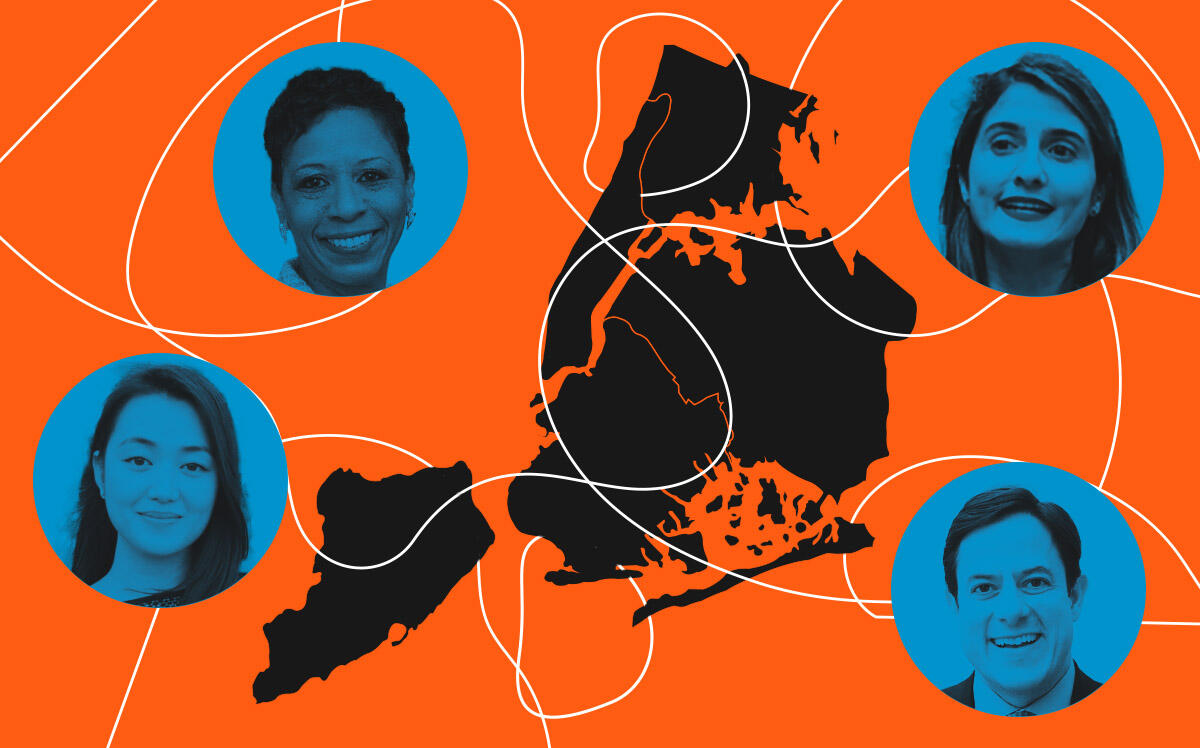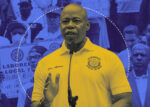 In socialists we trust: Tiffany Cabán and the great housing breakthrough
In socialists we trust: Tiffany Cabán and the great housing breakthrough
Trending
The rezoning conundrum
Everyone agrees the process is broken. So why can’t we fix it?

There are two kinds of places in this country: those with zoning and those without. Houston is the best known zoning-free city, but it’s not alone. Drive through upstate New York and you’ll see “NO ZONING” signs sparked by efforts to regulate land use.
Americans take zoning for granted, but for most of the nation’s history, people could do whatever they wanted with their property. Eventually, we realized that without zoning, development can be very haphazard. Noisy, truck-attracting industrial properties can end up next to schools and homes, for example.
But zoning also creates problems. Big ones.
It is used to segregate and discriminate against people based on their class, race or culture. It can dramatically raise the cost of housing by preventing development from matching population growth. It can lock cities and towns in a bygone era, keeping them from adapting to a changing world. New York City’s last zoning overhaul was in 1961.
That’s why every place with zoning also has a process to get around it. New York’s is called Ulurp, for Uniform Land Use Review Procedure. As ugly as the acronym is, the process is uglier.
After a rezoning application is certified by the Department of City Planning, it runs a gauntlet that starts with the local community board and borough president, even though their opinions are not binding.
Next is the City Planning Commission, which nearly always votes yes because it is controlled by the mayor, without whose support the project would not have been certified in the first place.
The final outcome might be shaped by those steps, but it almost always boils down to the whims of a single person: the City Council member whose district the project is in.
Fortunately, City Council members are unbiased, experienced people who study issues extensively and do what’s best for the city regardless of the consequences for their careers.
That was a joke, obviously. All politicians’ decisions are made with the next election in mind.
That’s problematic when it comes to projects, because constituents have strong incentives to oppose them. Limiting development enhances their property values, preserves their views, avoids construction hassles and keeps new neighbors away.
Read more
 In socialists we trust: Tiffany Cabán and the great housing breakthrough
In socialists we trust: Tiffany Cabán and the great housing breakthrough
 Developer to Harlem pol who blocked project: “Truck you!”
Developer to Harlem pol who blocked project: “Truck you!”
 This is the Eric Adams that real estate has been waiting for
This is the Eric Adams that real estate has been waiting for
The people who would benefit most from more housing, however, are busy going about their lives, not attending rezoning hearings. At best, some construction unions or members of pro-housing group Open New York will publicly support a project. But otherwise it’s the developer’s besuited team against the pitchforks.
The loudest voices belong to the objectors — Nimbys, ideologues or people who simply fear change. The diversity of project opponents is impressive. What else besides resisting development unites Trumpers, wealthy liberals and socialists?
Rare is the Council member who will defy such motivated voters. In the Bronx, Marjorie Velázquez has been siding with opponents of a Bruckner Boulevard project even though they literally scared her into hiding.
Council members who might have the fortitude to defy protesters tend to agree with them. Blame shared ignorance: Some lack private-sector experience, don’t understand housing economics and have no memory of New York City in decline.
Until the late 2000s, projects were widely cheered for creating jobs, tax revenue and places to live. Now they are accused of displacing people, destroying culture and raising rents. It’s amazing any rezonings get approved. About 40 percent of them don’t, according to a new Citizens Budget Commission report.
That’s a lot of housing left on the drawing board. Much more never even makes it that far because many property owners want no part of the rezoning process. Instead they build what’s allowed, even if it’s less profitable — and less valuable to the city.
Even with all of these negatives, the public review has one huge benefit: deadlines. That’s not the case before it begins, when applications must slog through city agencies that were understaffed even before the Great Resignation.
Back when Bill de Blasio was the public advocate, I interviewed him about this very issue on stage at the Regional Plan Association’s annual assembly. The solution, he said, is to add staff so projects get certified faster. Well, of course it is.
Unfortunately, shortening pre-certification is not a sexy issue like universal pre-K or right to counsel. In the aftermath of de Blasio’s eight-year mayoralty, the problem is worse than ever. City housing and planning agencies are riddled with vacancies. Mayor Eric Adams’ work-from-home ban isn’t helping.
Developers — for whom rezoning adds about $70,000 to the cost of each apartment — would gladly pay for more agency staff if the city would let them.
The bottom line: Most of New York’s zoning is archaic and mismatched to the city’s needs, but constituencies have formed to preserve it, and the process to change it runs through them. To overcome this is expensive, takes forever and often fails. We’re in a maze, and all the passageways lead back to the beginning.




